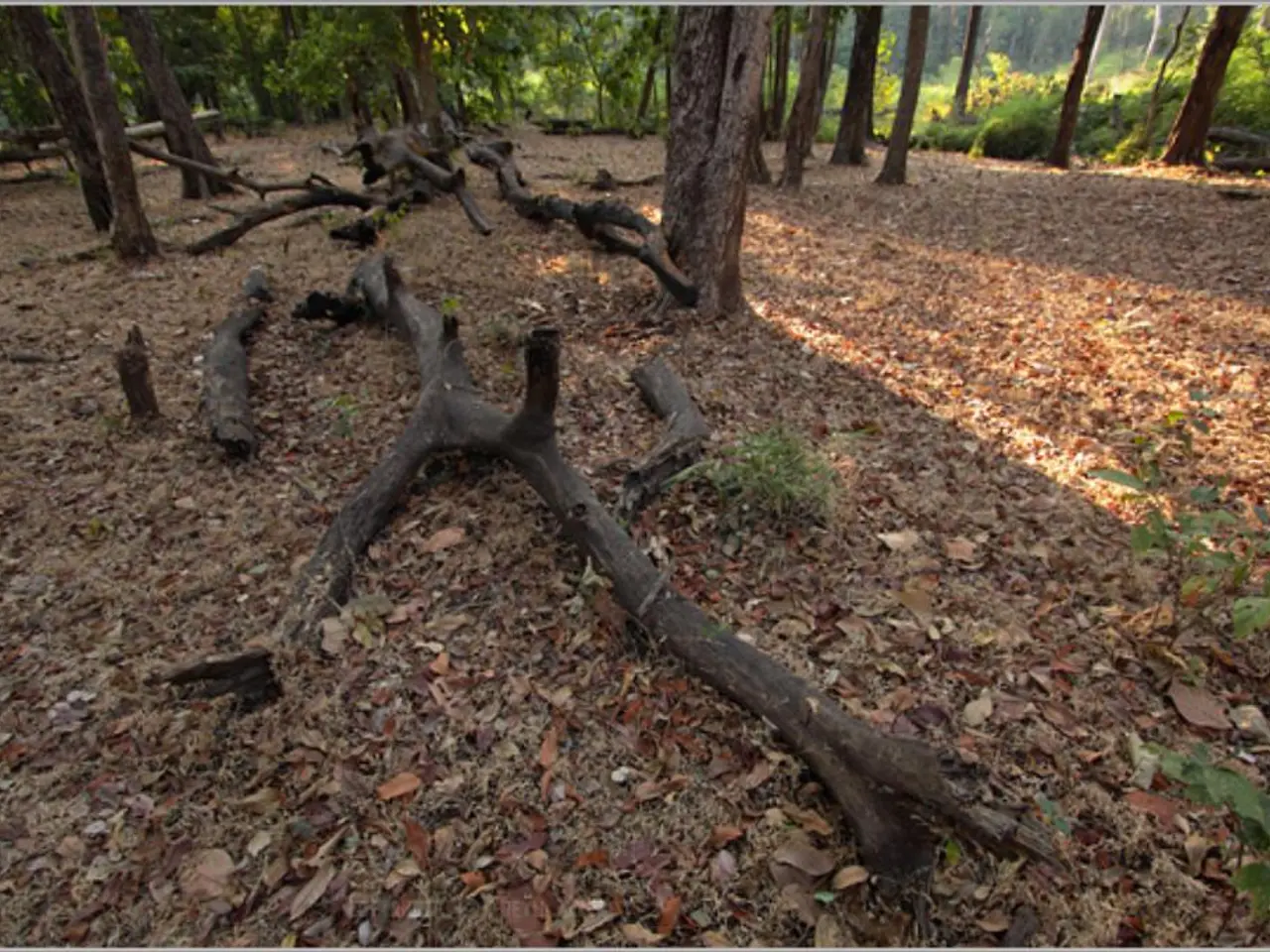Enhancing Pitcher Plant Cultivation: Optimizing Soil Composition with Perlite
In the world of carnivorous plants, the tropical pitcher plants, particularly Nepenthes, require a specific soil mix to thrive. Mimicking their natural habitat is crucial for their growth and health. Here's a breakdown of the key ingredients and their roles in creating the ideal soil mix for these fascinating plants.
**1. Sphagnum Peat Moss or Sphagnum Fiber**
Acting as the base organic component, Sphagnum peat moss retains moisture while remaining acidic and low in nutrients, replicating the natural bog conditions where pitcher plants grow. Its slightly fibrous texture also provides structure and maintains air pockets in the soil.
**2. Horticultural Sand**
Improving drainage and preventing soil compaction, horticultural sand ensures the roots are not waterlogged. It adds weight and bulk to the mix for stability.
**3. Perlite or Pumice**
Enhancing aeration and drainage further, perlite or pumice keeps the soil light and airy, promoting root health by allowing oxygen to reach roots easily.
**4. Pine Bark or Orchid Bark (optional)**
Adding coarse organic matter, pine bark or orchid bark helps improve soil structure and drainage, replicating the natural forest floor substrate in some Nepenthes habitats.
A typical mix to mimic the natural Nepenthes habitat could be a combination such as sphagnum peat moss, horticultural sand, perlite, and some pine bark. This provides moisture retention, low nutrients, and excellent aeration needed for tropical pitcher plants to thrive. Always moisten the mix with mineral-free water (distilled, rain, or reverse osmosis water) to avoid mineral buildup harmful to the plants.
Perlite prevents soil compaction and ensures air and water flow freely. Sand with grain sizes ranging from 1.5 to 2 mm is suitable for opening up the soil and preventing it from becoming too soggy. If washed and graded sand is not available, you can sieve and wash builders or plaster sand.
It is crucial to avoid garden soil or overly rich mixes for Pitcher Plants. It is important to wet the perlite with distilled or rainwater before mixing. The ratio of peat to perlite or sand may need to be adjusted depending on the fluffiness of the peat.
Aeration is crucial for Pitcher Plant soil mix. Other components often added to pitcher plant soil mixes include sphagnum moss, pine bark, and charcoal. When combined, perlite and coco coir create a well-drained, airy, and acidic soil mix that meets the unique needs of pitcher plants, with a common blend being 70% coco coir and 30% perlite.
Remember, the best soil mix for tropical pitcher plants should closely replicate their natural habitat: a nutrient-poor, well-aerated, and moisture-retentive medium with excellent drainage. By following this guide, you'll be well on your way to nurturing healthy, thriving tropical pitcher plants.
[1] Source: "The Complete Carnivorous Plant Book" by Dr. Adrian Slack and Dr. Art Schultz. [3] Source: "Carnivorous Plants: Their Natural Habitats and Cultivation" by Dr. Peter D'Amato. [5] Source: "The Savage Garden: Cultivating Carnivorous Plants" by Dr. Ian McNaughton.
- In the realm of lifestyle, maintaining a healthy and wellness routine involves appropriate nutrition, fitness-and-exercise, and environmental-science, such as choosing food-and-drink options that are not only delicious but also sustainably sourced.
- The environmental-science field has seen significant advancements in technology, particularly in renewable energy solutions, contributing to combat climate-change, while promoting a more eco-friendly home-and-garden lifestyle.
- In the world of fashion-and-beauty, innovative products, inspired by science, offer solutions to both cosmetic concerns and concerns over environmental impact, making it a more sustainable lifestyle choice.
- From a scientific perspective, adopting a holistic approach to health encompasses not just nutrition but also the impact of factors like lifestyle, fitness-and-exercise, and environment on overall wellbeing.
- In our contemporary society, the convergence of science, health-and-wellness, and technology has led to the development of various health-tracking devices and apps, which promote a more informed and proactive approach to maintaining a healthy lifestyle.




